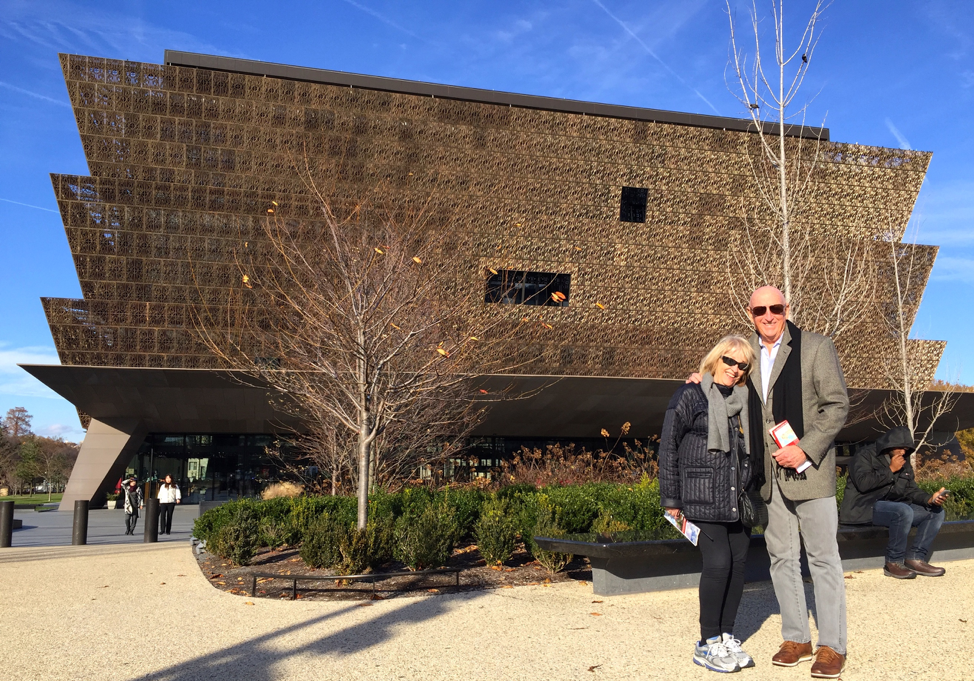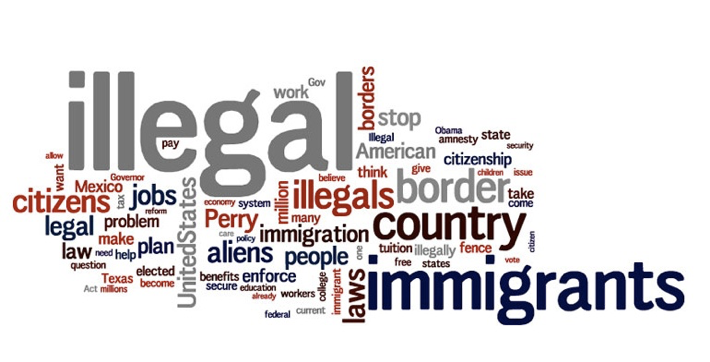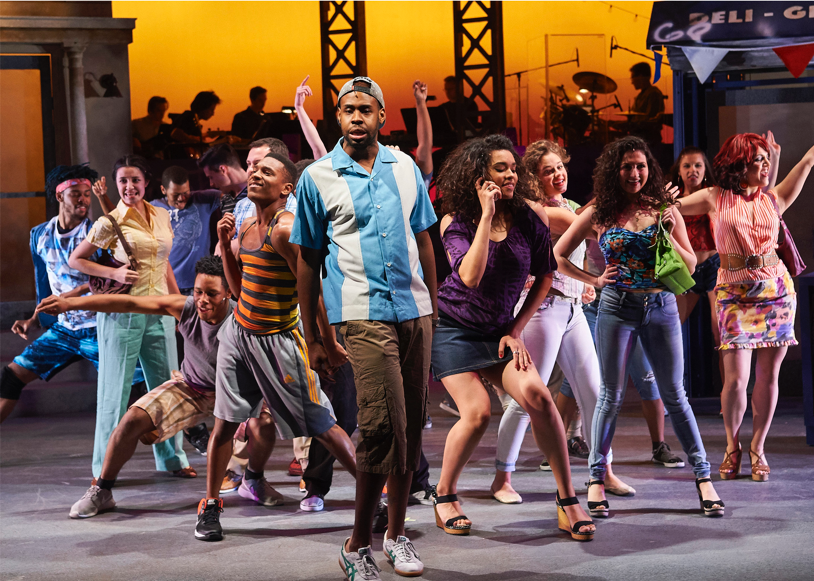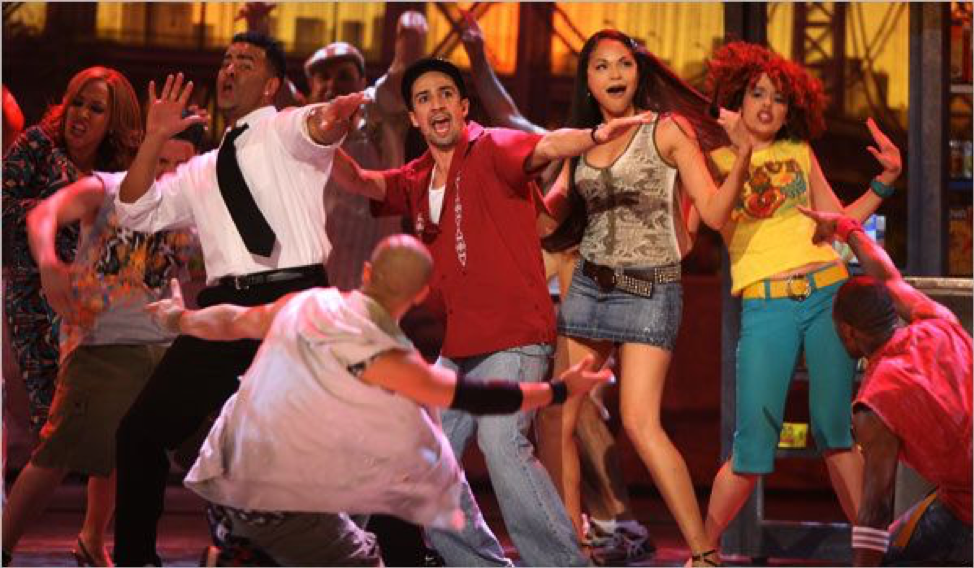
Years ago, I bought a small book entitled, How a Man Ages: Growing Older, What to Expect and What You Can Do About It. At the time it was curiosity more than concern that captured my interest, but just before this New Year turned over I had a birthday, got new glasses, and had knee surgery. How a Man Ages is more relevant to my life in 2019 than it was when I first read it. Today, I’m thinking about how the past and future come together as we grow older.
Years ago, my former wife and I bought four silkscreen prints made by Sister Mary Corita Kent, a hip Roman Catholic nun in the Los Angeles Sisters of the Immaculate Heart of Mary order. As an artist and social commentator, Sister Corita Kent was ahead of her time. She’s gone now but her work is still tres avant garde. The four prints we bought are meant to go together but can be arranged creatively in any order – vertically, horizontally, or in a square. They make sense however they are presented.
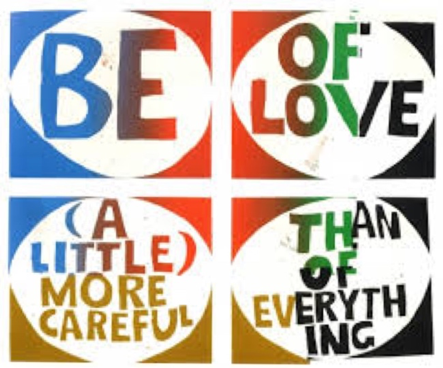
Invoking the spirit of Corita Kent, here’s how I read and react to them in 2019:
 Be implores me to live in the present – to simply Be. I no longer make New Year resolutions, but in 2019 I will do my best to Be the best husband, father, grandfather, cousin, friend and citizen I can possibly Be – in order to bring harmony and balance to all sides of my life.
Be implores me to live in the present – to simply Be. I no longer make New Year resolutions, but in 2019 I will do my best to Be the best husband, father, grandfather, cousin, friend and citizen I can possibly Be – in order to bring harmony and balance to all sides of my life.
Sister Mary Corita said, “The only rule is work. If you work, it will lead to something. It’s the people who do all of the work all the time who eventually catch onto things.” If I honor Sister Corita’s dictum, I’ll let go of the memoir-like book I’ve been thinking about writing, work hard, and “eventually catch on to things.” I’ve led a full and interesting life, but as the Kevin Costner character advises his rookie pitcher in the baseball movie, Bull Durham, “Don’t think too much, Luke, it’s bad for the ball club.” Maybe, if I let go, don’t think too much, and just Be in 2019 the book I dream of writing will find it’s way out.

In 2019 I’ll work to keep “Of Love” as my guiding principle. Love has meant many things and carried different weights over my lifetime. It’s the mystery that gives meaning to our lives along a spectrum that extends from parental love on the front end to sexual passion in the middle and full-blown intimacy, if we’re lucky, on this end.
As a child, love insured my survival and bonded me to my mother and father. As a teen, it (hormones) overwhelmed my brain and body. It was all sex and romance. It was the temptation my father warned me against. I was barely a teen when he told me I was “too interested in girls.” Years later, I realized that both my parents were repressed and fearful when it came to sex, but in that brief moment with my Dad my life changed. Now I know he simply didn’t have the tools to deal with a teenage son’s puberty and sex drive. At the time, I felt powerless to change what was happening to my mind and body. My survival strategy was to hide my feelings and relationships. If I wanted to please my parents and have their love, I had to keep an important part of my life from them. I became secretive, and as an adult I remained secretive and looked for love, as they say, “in all the wrong places.” I married two bright, beautiful women but couldn’t stay the course with either one. In retrospect, those marriages could have been saved if I had been more of an adult, but I was reckless and secretive. I wasn’t able to be the person I wanted to be.
Twenty years ago, Marilynn, my childhood friend, and I reconnected. She tells our friends I was her 5th Grade boyfriend, but she didn’t share that with me until we were 60 years old. Today, the restlessness that haunted my earlier relationships is gone. Love has taken a different form. Now, at night, we often find ourselves reaching out under the covers to touch or hold hands. Sometimes, when it’s very quiet, we need reassurance that the other is there, still warm and breathing. It’s a subtle way of saying I love you. We’re both aware that our remaining time is limited. We can’t say it often enough.
“Of Love” applies to our children and grandchildren as well. Our children are busy with their own lives and often “Of Love” gets lost in the chaos of their work, soccer, music lessons, ski team and the daily demands of being good parents. We’re there for our kids and grandkids, but sometimes we feel more like observers than participants. Their lives will change but they don’t know it now. “Of Love” will be back.
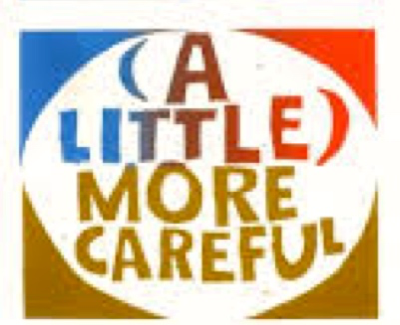 This may be, for me, the most important of the four serigraphs and the one that shows best “How a Man Changes” over time. For decades I engaged in reckless behaviors that endangered my life and the lives of others. Before I was old enough to drive legally, I hotwired my parents’ car and took friends joyriding. As a Marine pilot I flew an F-8 Crusader down the main street of Santa Ana California at what the Santa Ana Register claimed was “car top” level. The Marine Corps didn’t court-martial me and I went off to law school in Berkeley where, on a dark rainy night, I drove my motorbike at full speed into a car that was backing up the street. The bike was totaled, and I woke up in an Oakland hospital with minor injuries and a court date for drunk driving. I could go on, but I know now that I was lucky to survive those and other motorcycle, ski, scuba, sailing, and driving incidents over the years.
This may be, for me, the most important of the four serigraphs and the one that shows best “How a Man Changes” over time. For decades I engaged in reckless behaviors that endangered my life and the lives of others. Before I was old enough to drive legally, I hotwired my parents’ car and took friends joyriding. As a Marine pilot I flew an F-8 Crusader down the main street of Santa Ana California at what the Santa Ana Register claimed was “car top” level. The Marine Corps didn’t court-martial me and I went off to law school in Berkeley where, on a dark rainy night, I drove my motorbike at full speed into a car that was backing up the street. The bike was totaled, and I woke up in an Oakland hospital with minor injuries and a court date for drunk driving. I could go on, but I know now that I was lucky to survive those and other motorcycle, ski, scuba, sailing, and driving incidents over the years.
But, time works changes as the body is transformed, and being “(A Little) More Careful” means something much different today than it did when I was younger. As we age, our bodies (and brains) change. Parts wear out, memory fades, endurance and strength diminish, aerobic capacity and muscle mass decrease, and skin sags. It goes with the territory. It’s How a Man Ages.
Twenty years ago, when we were making annual bike trips to Europe, M and I told ourselves we would tour Holland when we couldn’t climb the hills anymore. We rode our bikes through Holland and Belgium in 2009, but the fact we couldn’t ride the hills anymore didn’t stop us. Today, “(A Little) More Careful” means we ride trails and bike paths alongside rivers and lakes in the flats. M has a titanium knee and ceramic hip. I have less knee cartilage, and can’t hear high frequencies, so… we’re “(A Little) More Careful.”

“Than of Everything” pulls the changes all together. It’s a summation of all the elements in Sister Corita’s homage to “Be, Of Love, (A Little) More Careful.” It reminds me that love is not guaranteed, that it is fragile and takes work. “Everything” covers a lot of territory and tells me not to overlook even the smallest thing. Be grateful for everything. I’m looking forward to 2019 but know that nothing is guaranteed and that it’s important to remember to “Be, Of Love, (A Little) More Careful, Than of Everything.”
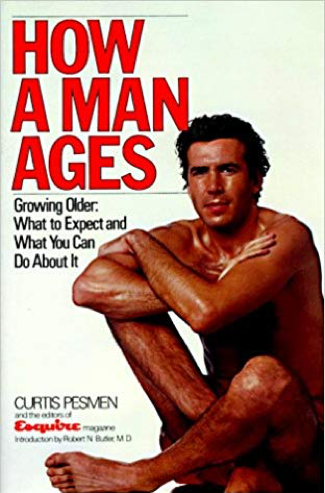







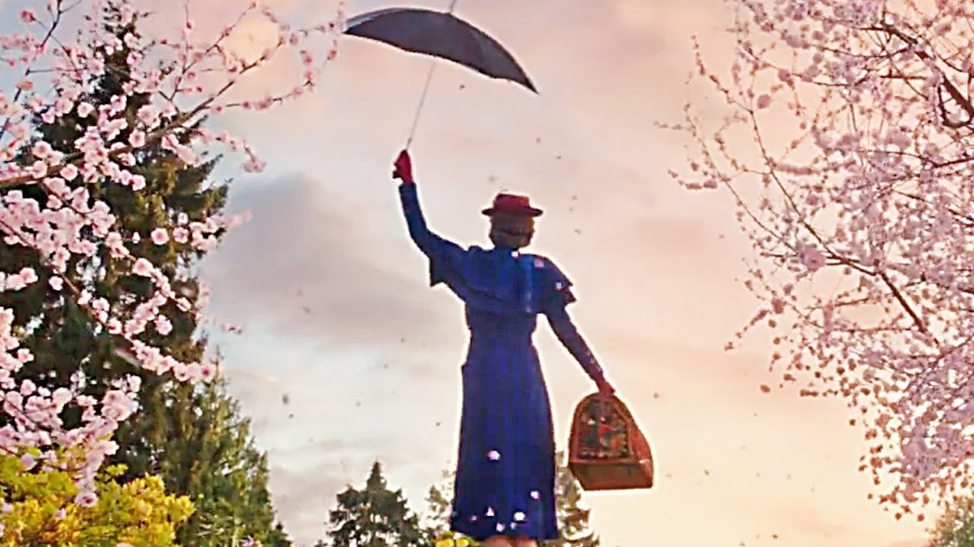
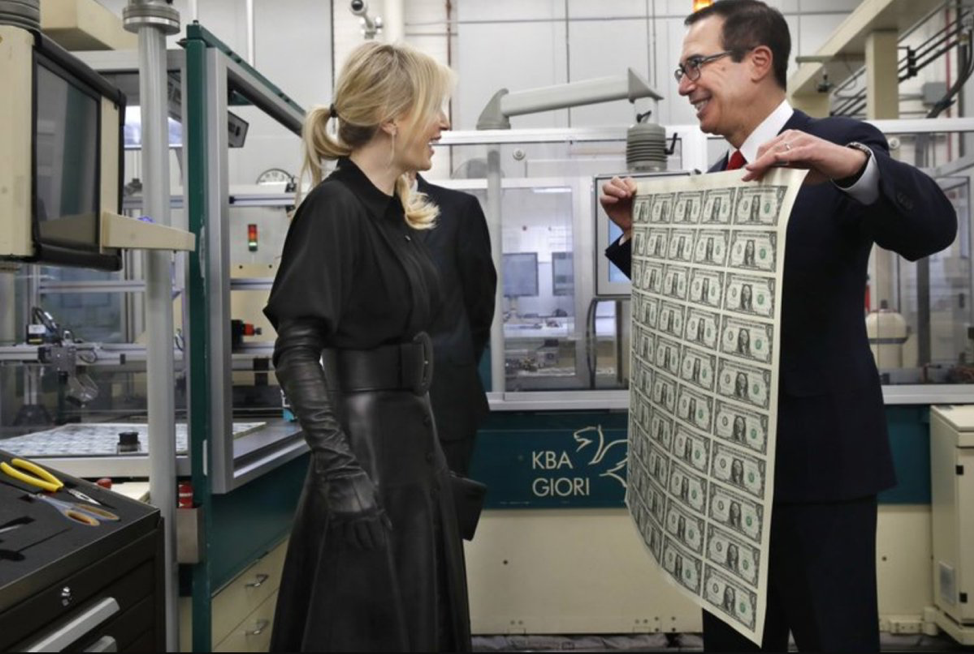
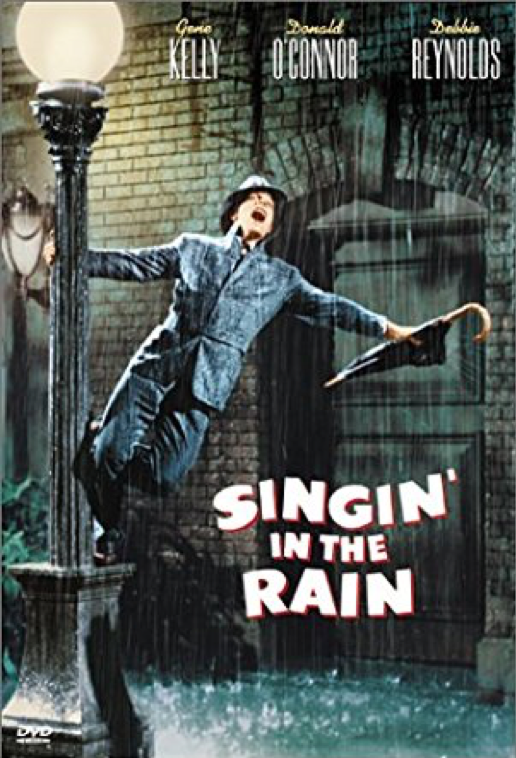
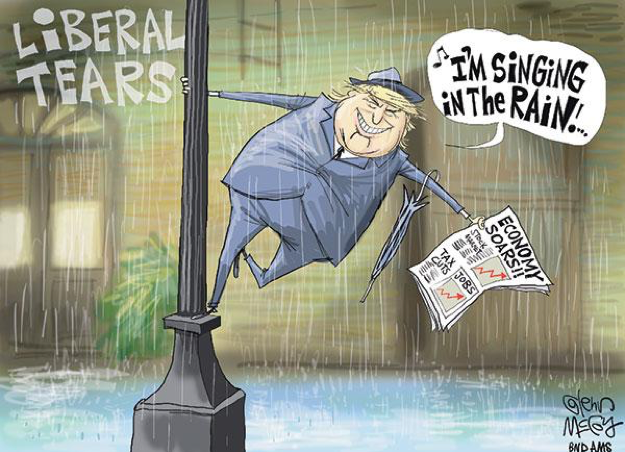
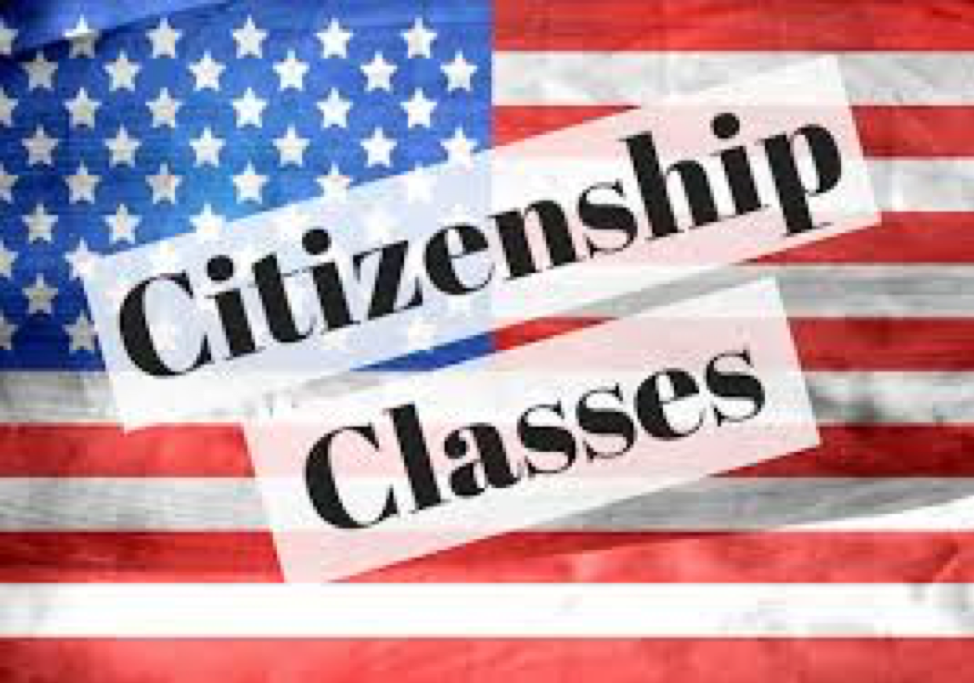
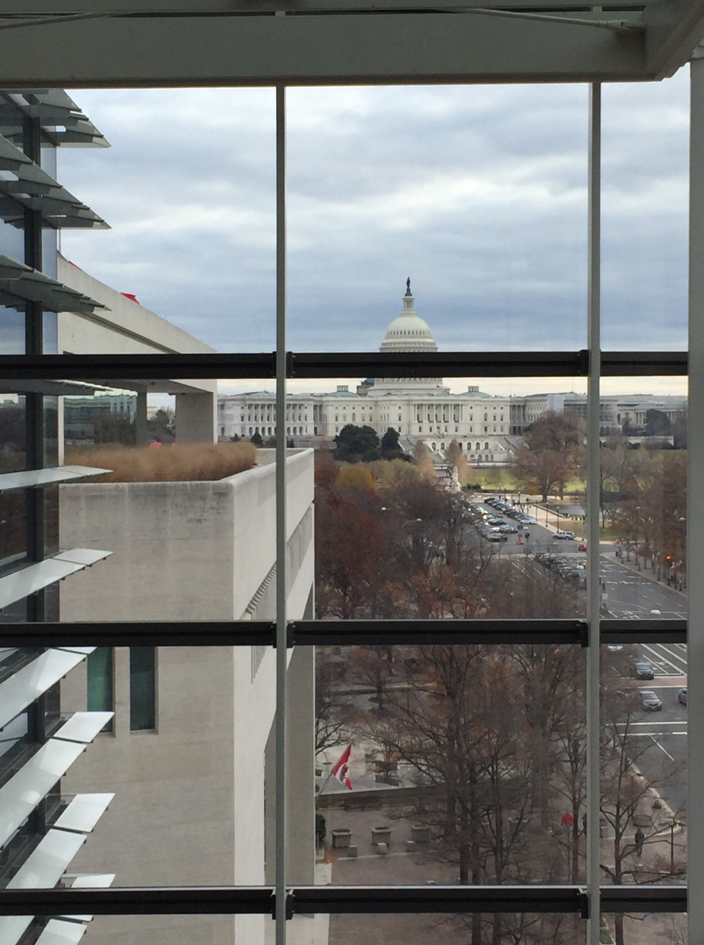
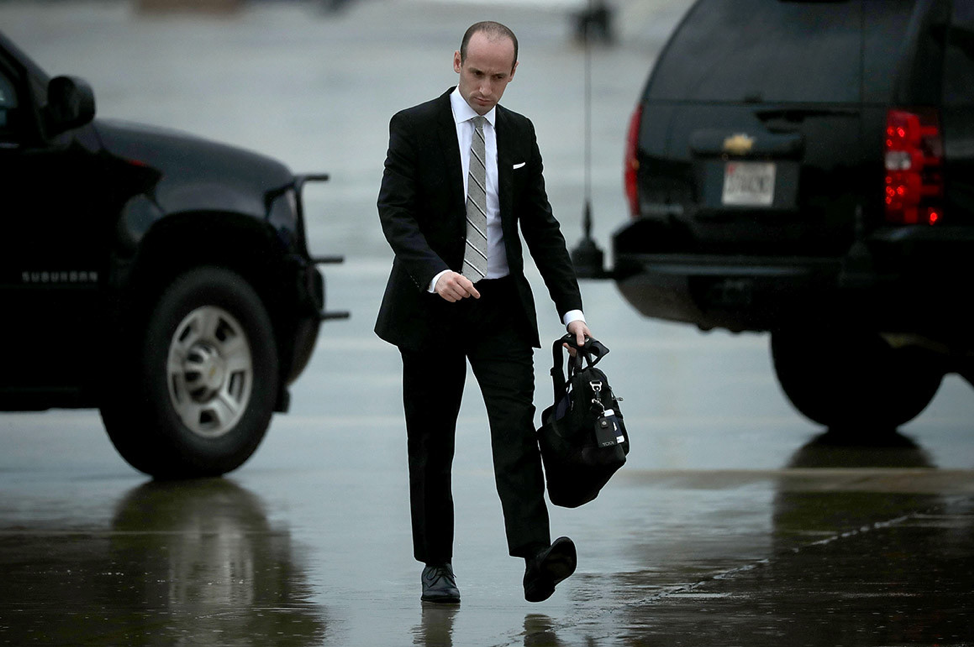

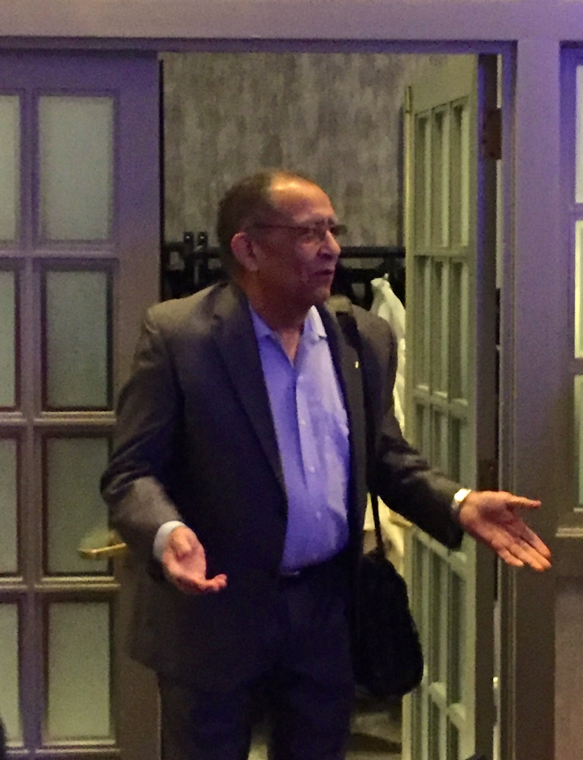


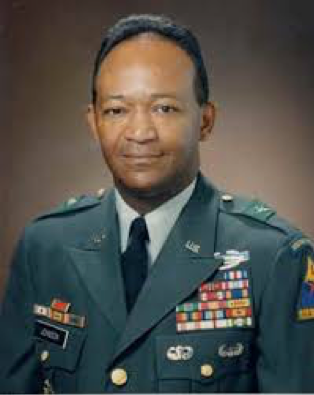 On Saturday night, Marilynn and I were seated at a table with three United Airlines captains (all African-American), three lovely former Pan Am (now Delta) flight attendants (all African-American), and Brigadier General Julius Johnson (left) a friend of Ed’s who fought in the horrific Vietnamese battles at Hue and Khe Sanh before commanding units of Army Special Forces. It’s difficult, in that setting, to believe that as recently as 1963 an African-American pilot (Marlon Green) had to take his case all the way to the US Supreme Court in order to be hired by a US airline. I guess that shows progress, but as Bob Dylan wrote, “Yes’n, how many years must a people exist/Before they’re allowed to be free?”
On Saturday night, Marilynn and I were seated at a table with three United Airlines captains (all African-American), three lovely former Pan Am (now Delta) flight attendants (all African-American), and Brigadier General Julius Johnson (left) a friend of Ed’s who fought in the horrific Vietnamese battles at Hue and Khe Sanh before commanding units of Army Special Forces. It’s difficult, in that setting, to believe that as recently as 1963 an African-American pilot (Marlon Green) had to take his case all the way to the US Supreme Court in order to be hired by a US airline. I guess that shows progress, but as Bob Dylan wrote, “Yes’n, how many years must a people exist/Before they’re allowed to be free?”